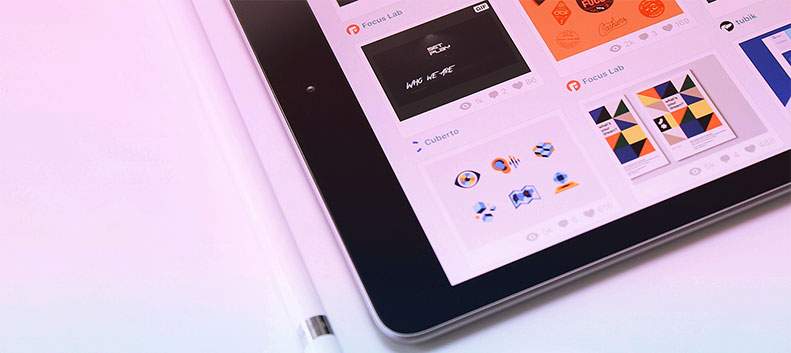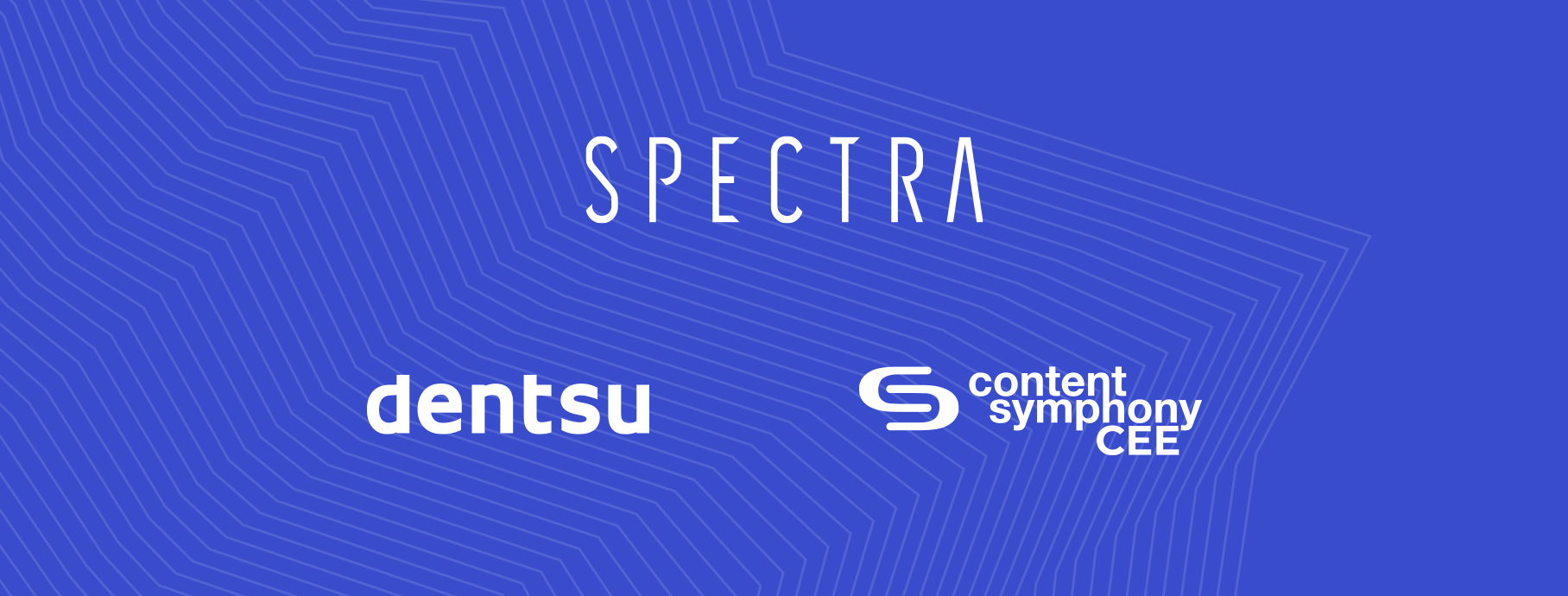Graphic Design

Graphic design
Graphic design in advertising uses appealing visuals to communicate a brand’s product or services through typography, imagery, colour theory, contrast, and form. Its primary function is to promote positive brand awareness and drive consumers to action, and can be seen in logos, websites images, banners, social media ads, infographics, print publications, product packaging, among many other visual platforms. Graphic design has the potential to make a strong, powerful impact on your audience and is a key component of brand recognition and to building trust, driving conversion, and ultimately increasing sales.
These days, there are many types of Graphic design specialisations. Visual identity graphic design deals with brand identity and communicating the personality and emotive qualities of the brand using assets such as logos, typography, colour palettes, and image libraries. The designs used must adhere to the company’s brand guidelines. Marketing graphic design, on the other hand, uses visual content to directly influence the decision making process in print and digital marketing strategies, such as videos, packaging, publications, billboards, and all other ad images. User interface graphic design is an emerging field that aims to improve the overall experience of users both aesthetically and functionally, and is most relevant when it comes to website and application design. Whichever type of graphic designer you need will collaborate with other members of your team to fulfill your desired objectives.
Graphic designers can work with typeface as well as hand drawn, painted, photographed, animated, or computer generated images to create visual advertising solutions. In this way, they merge art and technology to develop visual assets that attract attention, communicate ideas, or persuade conversion. Before creating a design, they must gather information from their client regarding their intended message and research their target audience. Once they have acquired the necessary information, they can create the design and present it to their client for approval.
Graphic designers have a number of powerful tools at their fingertips to help communicate your message effectively. These can be used to create a feeling or identity beyond the brand that connects with your audience on a deeper level.
Typography:
Typography is essential to transparent communication and evoking a particular feeling from consumers. As an element of your brand's voice, it is important to be consistent, influential, and have clear intentions when choosing your typeface. For example, using particular fonts can induce happier feelings than others (such as sans serif compared to serif). Choosing a strong typeface helps draw your audience in, build a deeper connection, and influences the effectiveness of your call to action
Colour theory:
Understanding colour theory and psychology helps designers choose colours that have an emotional impact on their intended audience and drive decision making. Whatever colours you choose should be visually appealing, align with your brand identity, and elicit a sought after response (such as building brand recognition or motivating sales). Colour choice can help you both influence and predict consumer reactions to your marketing messages.
Contrast:
For your graphic design to be successful, it should take advantage of contrast. This helps highlight what you want your audience to notice and adds visual interest to your marketing material. Creating an effective visual hierarchy that grabs your audience’s attention can be attained through contrasts in size, font, colour, or shape. It helps give your assets a unique character and the opportunity to let your message stand out.
Size:
Quality graphic design combines the aesthetics and functionality of your marketing assets through balancing sizes, patterns, perspectives, and ratios. Size plays an important role in making your design layout attractive, organised, and easy to follow. Skilful resizing is also essential in design for preserving your ads readability, proportions, appearance, and tone. Simply scaling it to a new size compromises its integrity by distorting the text and images.
Not only can graphic design use these tools to help distinguish you from your competitors, but it can have a positive long lasting and memorable impression. Think of companies like Apple, Starbucks, or McDonalds. They have all taken advantage of this by designing logos that are instantly well known worldwide without the use of language. When using language, graphic design can communicate your product or service in a visually attractive and unique way. Ultimately, graphic design is used in every aspect of the sales funnel and is one of the foundations of advertising as it thrives on psychologically compelling visual representations.
Humans are highly visual and emotional beings, so good design is a great way to appeal to these senses in a way that fulfils your business goals. To produce convincing materials, one must invest in understanding target demographics to determine how to optimise the graphic design tools, concepts and techniques discussed. Good design will speak to the company’s professionalism and quality, raise visibility, reinforce your message, and resonate with your audience. Consumers will associate high quality designs with similarly high quality products and services, communicating your brand to the highest standard and increasing conversion and sales.
Our services
- Copy transcreation
- Brand guardianship
- Cross-cultural consultancies
- Translation
- Creative production
- Production decoupling
- Digital content production
- Content production
- Dynamic creative optimisation
- Media delivery
- Media clearance
Get the Ultimate Guide to Production Decoupling.
Download your free guideGet 20% off your first project
Simply fill out the form below with as much detail as you can, and we’ll send you a quote within 24hrs — that includes your first-time 20% discount.
